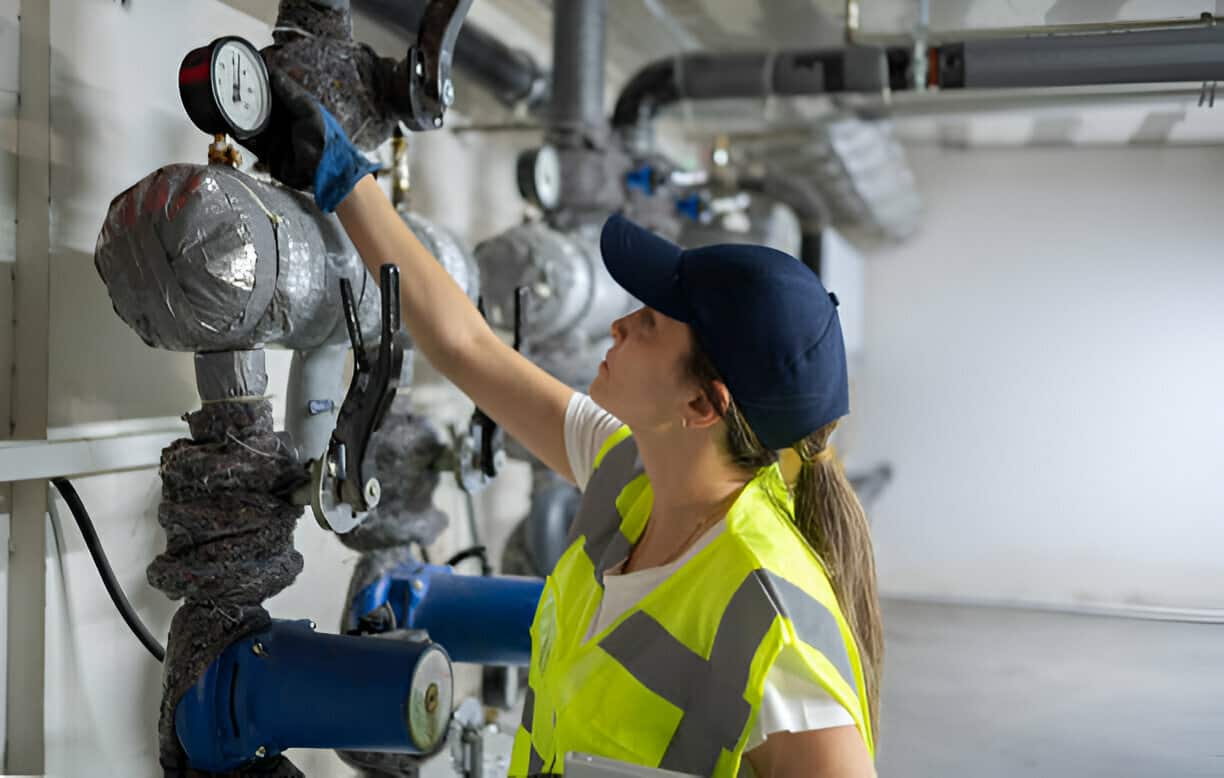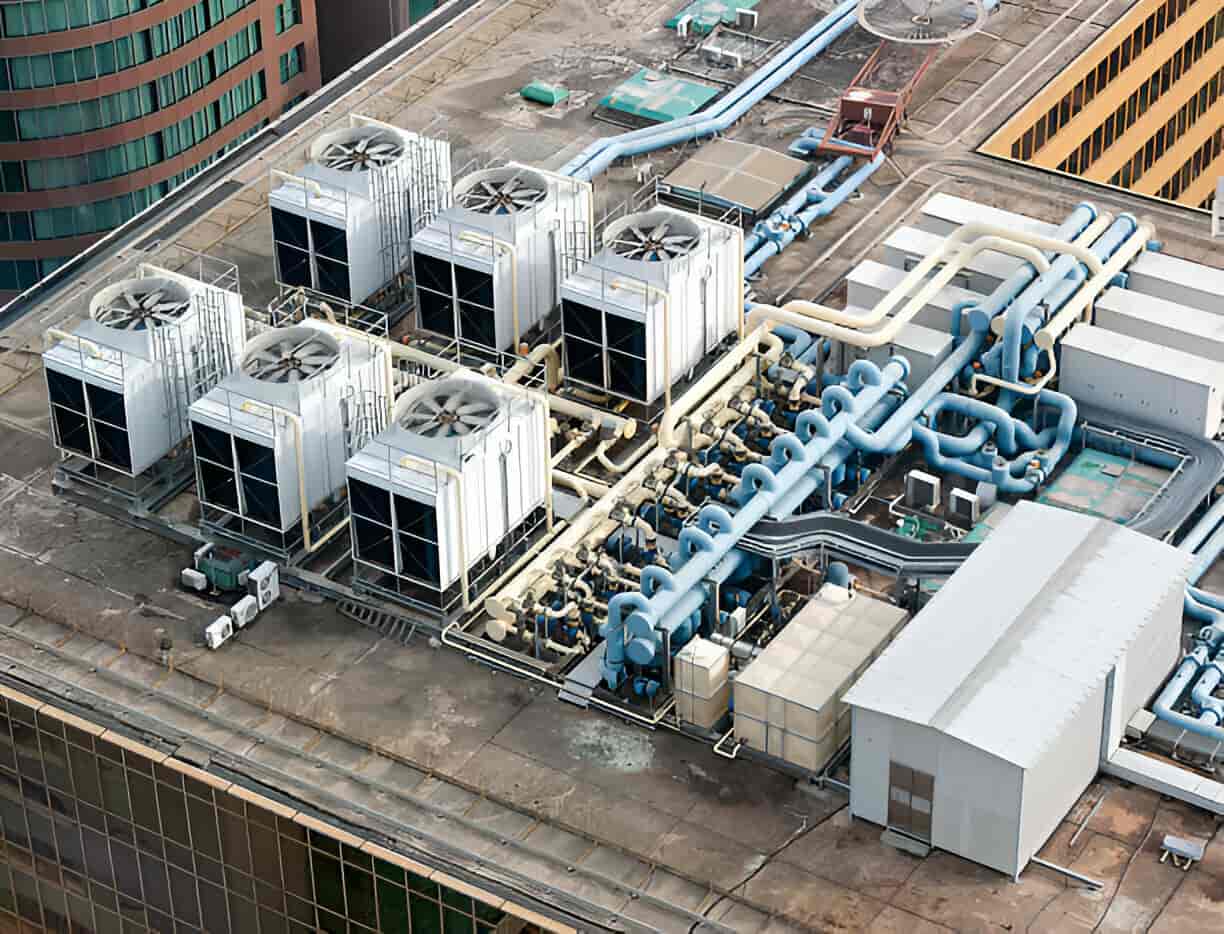
HVAC Replacement in Lake Hughes, CA
Upgrading your HVAC system is one of the most impactful home investments for comfort, energy savings, and indoor air quality. In Lake Hughes, CA, local climate factors like hot, dry summers, cooler mountain nights, seasonal wildfire smoke, and occasional power interruptions make the right replacement decision especially important. This page explains when HVAC replacement is recommended, the benefits of high-efficiency heating and cooling equipment, how to choose and size a system, safe removal and disposal of old units, the typical replacement installation workflow, available rebates and financing pathways, and what long-term cost and comfort improvements to expect.

When HVAC Replacement Is Recommended
Replacing an HVAC system in Lake Hughes is often the best choice when one or more of these conditions exist:
- System age 12 to 15 years or older, when efficiency and reliability decline.
- Frequent repairs or repeated component failures that exceed a sensible cost threshold.
- Rising energy bills despite routine maintenance.
- Inconsistent comfort between rooms, weak airflow, or inability to maintain set temperatures.
- Use of phased-out refrigerants such as R-22, which are expensive and hard to obtain.
- Significant indoor air quality issues during wildfire season, or systems that cannot support higher-efficiency filtration.
- Noisy operation, corrosion from mountain air exposure, or known duct leakage problems.
Replacing at the right time prevents emergency breakdowns during peak heat or smoke events and improves long-term value.
Benefits of Upgrading to High-Efficiency Equipment
Upgrading to modern, high-efficiency heating and cooling offers multiple benefits tailored to Lake Hughes homes:
- Lower energy costs through higher SEER (cooling) and AFUE or HSPF (heating) ratings.
- Better comfort via variable-speed compressors and ECM blower motors that provide steadier temperatures and reduced hot/cold swings.
- Improved humidity control and dehumidification, which helps during humid summer nights and protects home materials.
- Enhanced indoor air quality with compatibility for higher-MERV filters and optional whole-house air cleaners to reduce wildfire smoke and allergens.
- Reduced environmental footprint and future-proofing against refrigerant phaseouts.
- Quieter operation and longer expected service life when properly installed.
High-efficiency heat pumps are increasingly common in California as a cleaner alternative to gas furnaces, especially where electrification incentives and rebates are available.
System Selection and Proper Sizing
Correct system selection starts with accurate sizing and load calculations; oversizing or undersizing both cause issues. Key steps include:
- Perform a Manual J load calculation that accounts for Lake Hughes climate, home orientation, insulation, window size, shade, attic ventilation, and occupancy.
- Match indoor and outdoor components properly (coil, condenser, furnace) to ensure optimal performance.
- Consider ductwork condition and capacity; small ducts, leaks, or poor insulation reduce efficiency and comfort and often need repair or replacement.
- Choose features aligned with priorities: variable-speed compressors for comfort, two-stage systems for efficiency, heat pumps for electrification, or high-efficiency furnaces for cold-climate heating.
- Factor in elevation and local ambient temperatures when selecting refrigerant charge and equipment ratings to ensure reliable performance.
A licensed technician should provide documentation of the load calculation and equipment specifications to verify proper sizing.
Removal and Disposal of Old Units
Safe, compliant removal and disposal protect the environment and ensure code compliance:
- Certified technicians must recover refrigerant per federal and California regulations before unit removal.
- Metal, copper, and electronic components are typically recycled; hazardous components like PCB-containing capacitors or mercury switches require proper handling.
- Disposal documentation and recycling receipts are often needed to qualify for local rebates or to meet home sale requirements.
- Verify technicians hold EPA 608 certification for refrigerant handling and follow state disposal rules for appliance waste.
Proper disposal minimizes environmental impact and avoids future liabilities.
Replacement Installation Workflow
A typical HVAC replacement workflow minimizes disruption and ensures performance:
- Pre-install assessment: inspect equipment, ducts, electrical, and load calculation. Identify necessary upgrades such as new thermostats, duct sealing, or electrical service changes.
- Permits and scheduling: obtain required local permits and schedule installation to avoid high-use days.
- System procurement: select equipment and parts sized and configured per calculations.
- Old unit removal: recover refrigerant, disconnect utilities, and remove equipment safely.
- Installation: set condensers and indoor units, install matched coils, ensure correct refrigerant lines, and upgrade or seal ducts as needed.
- Electrical and control setup: verify correct electrical service, install or configure thermostat, and add surge protection if appropriate.
- Charging and commissioning: charge refrigerant to manufacturer specifications, check airflow and static pressure, and balance the system.
- Safety checks and walkthrough: perform combustion safety for gas systems, demonstrate thermostat operation, and provide maintenance and filter guidance.
- Documentation: provide load calculations, equipment manuals, warranty info, and disposal/recycling receipts.
Following a structured workflow reduces callbacks and helps the new system achieve rated efficiency.
Rebates and Financing Options
Several rebate and financing pathways can improve affordability for Lake Hughes homeowners:
- California and federal incentives are often available for high-efficiency heat pumps, ENERGY STAR equipment, and electrification projects. Eligibility may vary by equipment type and income level.
- Local utility or municipal programs sometimes offer rebates or trade-in incentives for retiring older, inefficient systems.
- Energy-efficiency financing programs, including property-assessed financing (PACE) or specialized home improvement loans, can spread replacement costs over time.
- Some programs require pre-approval, specific contractor certifications, or documentation such as equipment specifications and disposal receipts.
Confirm eligibility and documentation requirements before purchase to capture all available savings.
Long-Term Cost and Comfort Improvements
A properly sized and installed replacement delivers measurable improvements:
- Lower operating costs from improved efficiency and reduced repair expenses.
- More consistent comfort throughout the home and better humidity and air quality control during wildfire season.
- Reduced noise, fewer seasonal breakdowns, and extended equipment life.
- Higher resale value and greater appeal to buyers prioritizing energy efficiency and indoor air quality.
Regular maintenance—annual tune-ups, timely filter changes, and periodic duct inspections—preserves these benefits and protects your investment.
Final Considerations for Lake Hughes Homes
Lake Hughes homeowners should prioritize systems that handle wide temperature swings, support high-performance filtration for smoke events, and include electrical considerations for rural service reliability. Ensuring correct sizing, professional refrigerant handling, and proper disposal aligns the replacement with local regulations and environmental concerns. When evaluating options, focus on documented load calculations, matching system components, and evidence of quality installation to achieve lasting comfort and efficiency.





